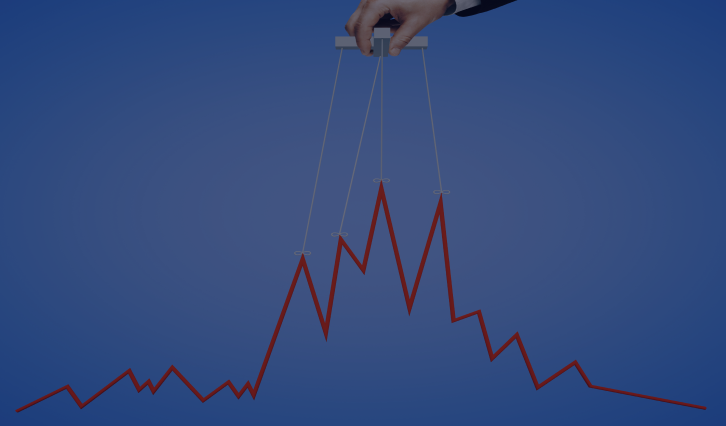Liquidity grab is a concept often discussed in financial circles but not always well-understood. At its core, it involves significant movements of funds in markets, creating a transient opportunity for investors. Understanding what is a liquidity grab entails is crucial for anyone involved in financial markets.
Defining Liquidity Grab in Financial Markets
A liquidity grab refers to a situation where large volumes of assets are quickly bought or sold, impacting the market's liquidity temporarily. This large volume is caused by the big institutions, which can be spotted in the weekly cot report. This phenomenon is especially important in various financial markets, including stock, bond, and Forex markets, where the availability of liquid assets is crucial for smooth market functioning. Liquidity grabs can significantly influence market trends and investor strategies.
Historical Context of Liquidity Grabs
Historically, major liquidity grabs have marked turning points in financial markets. From the Wall Street Crash of 1929 to the more recent Global Financial Crisis of 2008, each event showcases how liquidity grabs can shape economic landscapes. The concept has evolved over time, adapting to changes in market dynamics and financial instruments.
Liquidity Grab vs. Liquidity Sweep: Key Differences
| Feature | Liquidity Grab | Liquidity Sweep |
|---|---|---|
| Definition | Sudden market movements due to large trades | Intentional move to capture available liquidity |
| Impact | Can be unintentional, creating market ripples | Deliberate action, often by large players |
| Outcome for Investors | Unpredictable impacts | Potential for strategic gains |
The differences between a liquidity grab and a liquidity sweep significantly affect both investors and the market. While a liquidity grab can be somewhat chaotic, a liquidity sweep is typically a calculated move by large investors.
How Liquidity Grabs Impact the Forex Market
In the Forex market, liquidity grabs are not uncommon. They can lead to short-term volatility but also present long-term opportunities. Understanding their dynamics is crucial for Forex traders.
Identifying Liquidity Grabs in Stock Markets
Recognizing the Signs of a Liquidity Grab
To identify a liquidity grab in stock markets, look for:
- Sudden spikes in trading volume.
- Sharp price movements without apparent news triggers.
- Unusual market activity in related financial instruments.
Expert Strategies to Respond to Liquidity Grabs
Expert traders and financial analysts often recommend diverse strategies to respond to liquidity grabs. For instance, conservative investors might adopt a wait-and-see approach, while aggressive traders could seize the opportunity for quick profits.
The Role of Liquidity Grabs in Market Volatility
Analyzing the Consequences of Liquidity Grabs
Liquidity grabs can create significant market volatility. They often lead to unpredictable market movements, affecting both short-term trades and long-term investment strategies.
Conclusion: The Future of Liquidity Grabs and Market Stability
As financial markets evolve, the role and impact of liquidity grabs may change. However, they are likely to remain a vital aspect of market dynamics, influencing both market stability and investor strategies.
FAQ on Liquidity Grabs
Significant market events, large-scale trades by institutional investors, economic data releases, and geopolitical developments often trigger liquidity grabs, causing abrupt changes in asset prices and market liquidity.
Investors can protect themselves with diversified investments, stop-loss orders, staying informed about market trends, sound risk management practices, and avoiding emotional decision-making.
Liquidity grabs are more common in markets with high volatility and large trade volumes, such as the Forex, stock, and cryptocurrency markets, where rapid price movements are more frequent.





